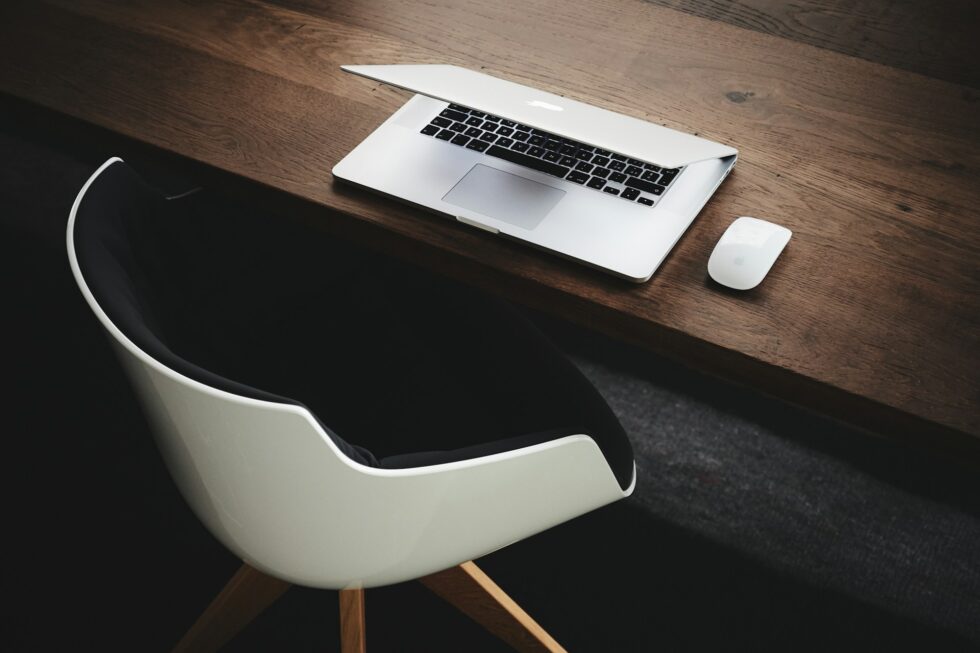
In a world that’s much more about sitting down than moving around and much more about working on devices than ploughing fields like our ancestors, we need to be careful about the effects of our posture on our general health. Our previously more active lives required a range of movement, but now that so many of us work off phones and laptops and tablets all day, we can sit in the same position for hours on end. And this is not ideal, as humans weren’t really designed for this kind of rigid posture. It’s not natural.
Two of the most common issues we encounter when our patients need adjusting are tech neck and the result of slouching at desks. Here is some information on both and what you can do to avoid ongoing issues.
Tech neck
Tech neck refers to the strain and pain experienced in the neck and upper back due to prolonged bending of the neck while looking at screens. Research indicates that people spend an average of 3-4 hours per day on their phones, leading to an extra 700-1400 hours of stress on the cervical spine each year. This can cause neck pain, shoulder pain, upper back pain, and tension headaches. Laptops are one of the worst perpetrators, too, as they force your eyes down and your neck to strain. Using a laptop stand or external monitor is much better for you, as well as using a chair that supports the natural curve of your spine. Your feet should be flat on the floor, and your knees should be at a 90-degree angle and your keyboard and mouse at a height where your elbows are at your sides and bent at a 90-degree angle.
Slouching at your desk
Did your mother or father tell you to ‘sit up straight’? Turns out they were right. Poor desk posture, including slumping or hunching over your workstation, can lead to misalignment in the spine. Slouching increases wear and tear on the cervical vertebrae and intervertebral discs. It also compresses the lungs, reducing their capacity and leading to breathing difficulties and decreased oxygen intake. The easiest solution is to literally sit up straight, but if you’re out of the habit, it can help to set a regular alarm to encourage you to check your posture. Strengthening your core and back muscles with exercises can also support better posture and reduce strain on the spine, and microbreaks are great – stand up, stretch, and move around every 30 minutes to an hour to alleviate the stress on your neck and back.
And of course, come and see us if your desk crimes are catching up with you. We can not only adjust you but also give you advice on how to prevent future damage to your neck spine and general alignment.

